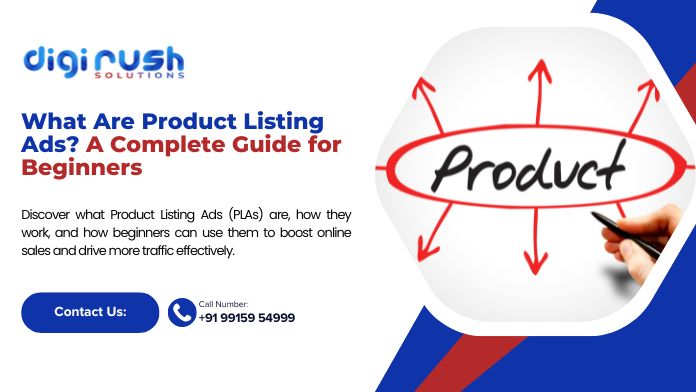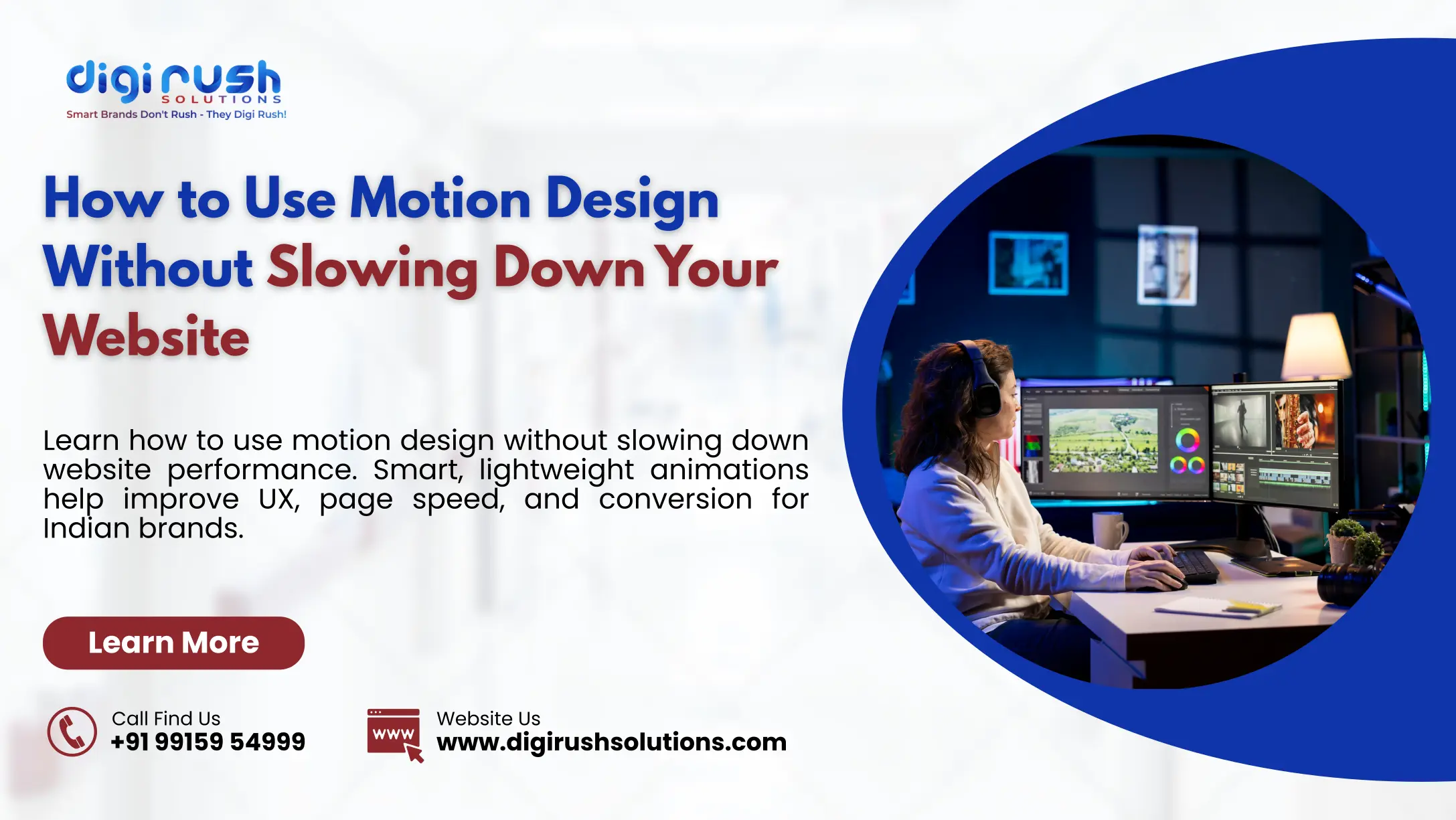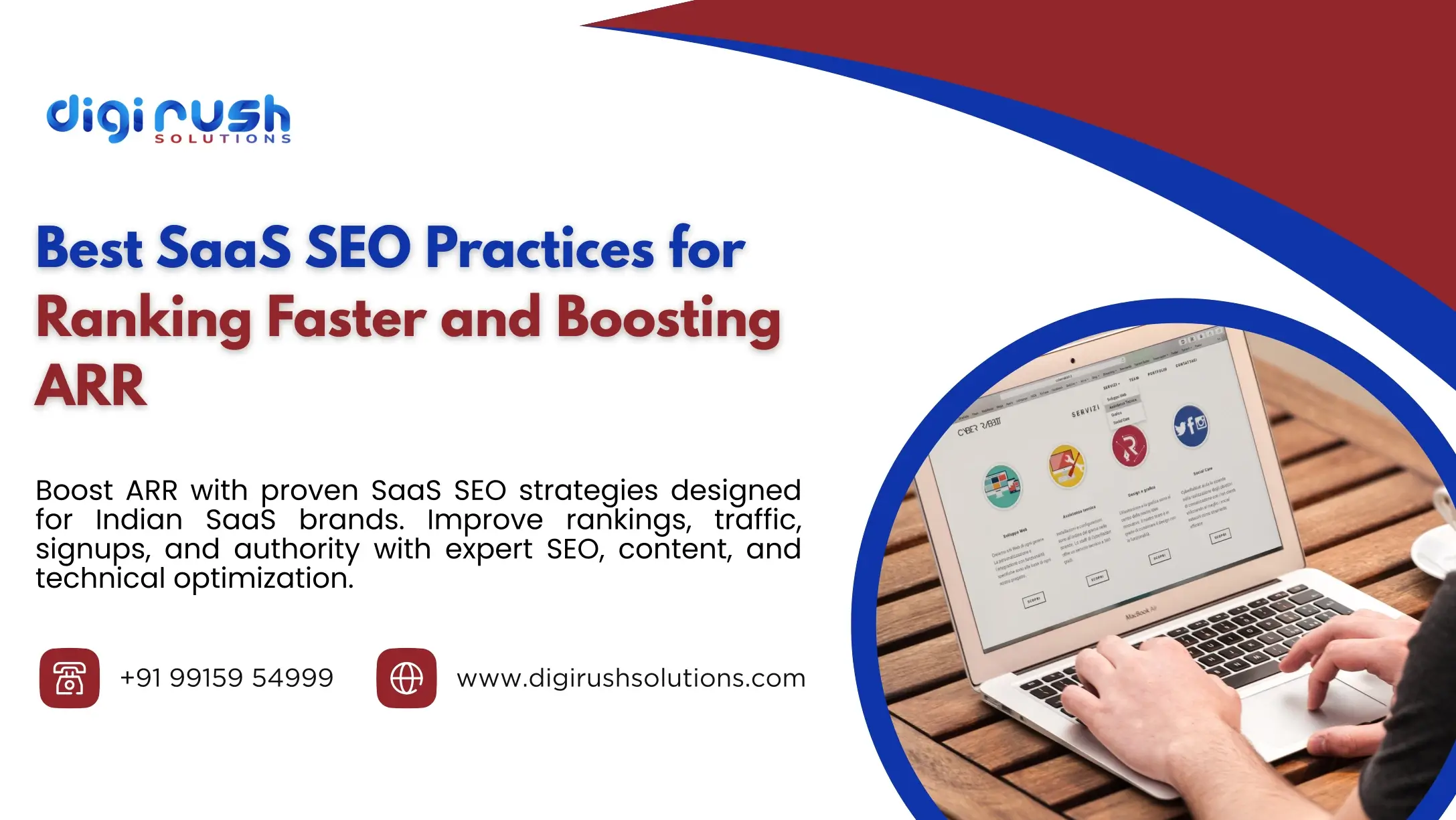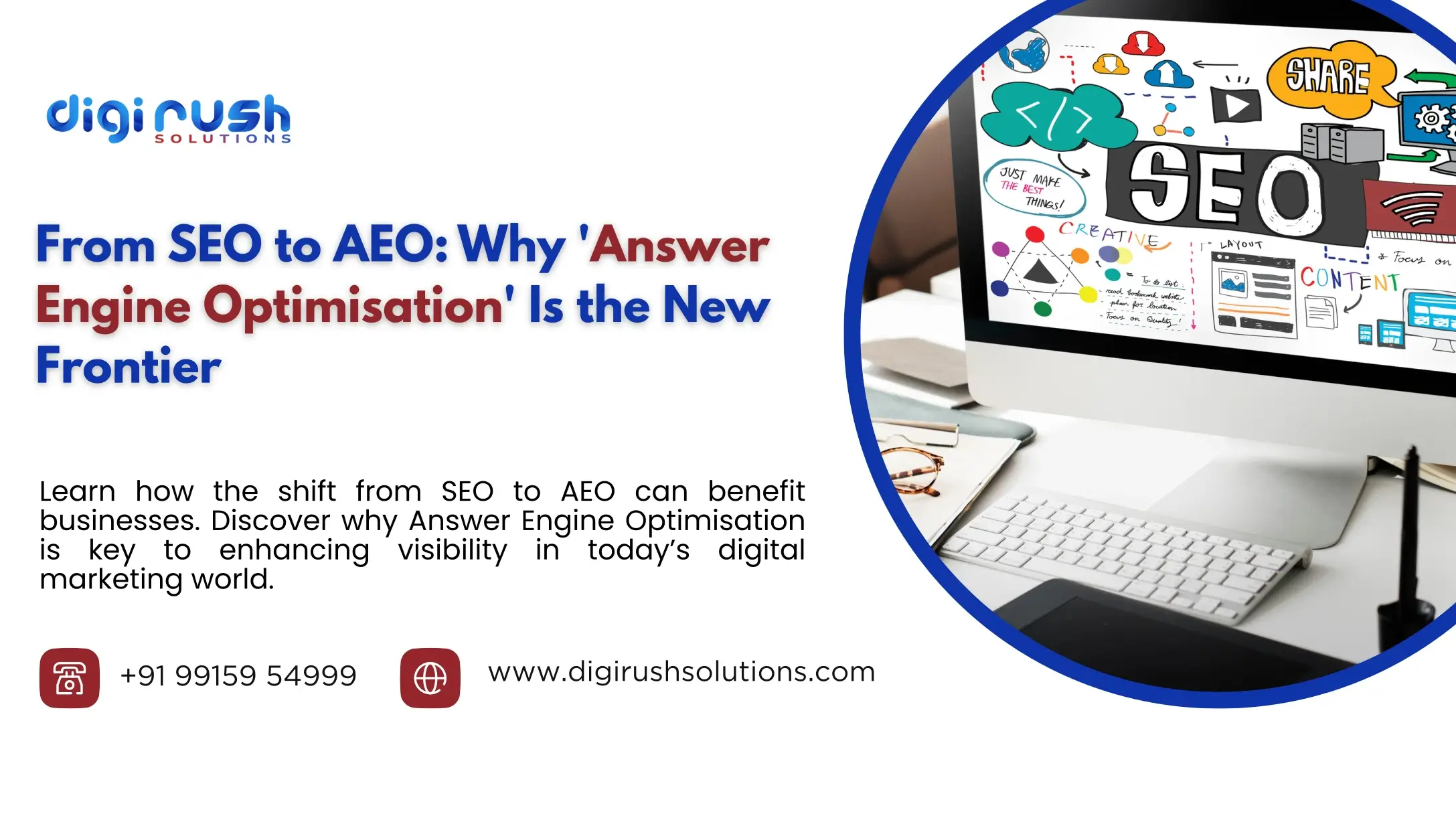
Product Listing Ads, often called PLAs, are a type of online advertisement that showcases products directly to shoppers searching for them. These ads typically include product images, titles, prices, store names, and even customer ratings — all visible before someone clicks on the ad. The goal is simple: give potential buyers a quick glance at what’s available and encourage them to make a purchase.
Unlike text-based search ads, product listing ads are visual, data-driven, and highly targeted, making them a powerful marketing tool for eCommerce businesses. If you’ve ever searched for a product on Google and noticed a row of items with images and prices appearing at the top of the page — that’s a product listing ad in action.
How Product Listing Ads Work
At the core of product listing ads lies data integration. These ads don’t rely on traditional keyword targeting alone; instead, they use product data submitted through a feed. Retailers upload this feed to Google Merchant Center, containing details such as product titles, descriptions, pricing, and availability.
Once connected to a Google Ads account, this data is used to automatically match products with relevant user searches. For example, if a customer searches for “Nike running shoes,” Google’s algorithm displays relevant listings from various sellers — often as Google Shopping ads — showing products with prices and images to help the user compare before clicking.
In short:
- You provide a detailed product feed.
- Google analyzes the data and matches it with relevant queries.
- Your products appear visually in Google’s Shopping section or search results.
This automation makes PLAs efficient, especially for stores with hundreds or thousands of products.
Why Product Listing Ads Matter
- Higher Click-Through Rate (CTR):
Because these ads include product images and prices, users are more likely to click on them than text ads. They instantly know what they’ll find.
- Better Lead Quality:
Since buyers already see the product’s price and details before clicking, most visitors are genuinely interested and ready to purchase.
- Increased Brand Visibility:
Your products appear at the top of Google’s search results, putting your store alongside major brands — even if you’re a smaller retailer.
- Cost-Effective Advertising:
Product listing ads work on a cost-per-click (CPC) basis. You pay only when someone clicks your ad, allowing you to manage your budget efficiently.
Effective PLAs, combined with proper Local Business Schema, can further boost your product visibility in search results by giving Google more structured data about your business and offerings.
Setting Up Product Listing Ads Step-by-Step
Here’s how to get started if you’re new to PLAs:
1. Create a Google Merchant Center Account
The Merchant Center acts as the bridge between your product catalog and Google Ads. You’ll need to verify your website and upload a product feed in the required format (usually XML or CSV).
2. Prepare Your Product Feed
Your feed should include essential product details such as:
- Product title
- Description
- Image link
- Price and availability
- Brand and GTIN (Global Trade Item Number)
Accuracy is crucial here. Even small errors or missing data can cause your products to be disapproved.
3. Link to Google Ads
Once your feed is active, link your Merchant Center to your Google Ads account. This allows you to create Shopping campaigns directly in Ads using the feed data.
4. Create a Shopping Campaign
Under your Google Ads dashboard, create a new campaign with the “Shopping” objective. Set your target country, daily budget, and bidding strategy. You can choose between:
- Standard Shopping Campaigns: Offer more manual control.
- Smart Shopping Campaigns: Use automation and machine learning to optimize performance.
To get better visibility across local searches, integrate your PLA campaigns with Google Maps SEO tactics, ensuring that users nearby can see your products and store details when searching locally.
5. Monitor and Optimize
After launching, keep an eye on metrics like impressions, clicks, and conversion rate. Use negative keywords to prevent irrelevant searches from triggering your ads.
Real-World Product Listing Ads Examples
Seeing product listing ads examples helps understand their impact. Let’s look at a few common ones:
Example 1: Electronics Retailer
When someone searches for “wireless headphones,” the top of Google often shows a carousel of options — each with images, prices, and store names like Amazon, Best Buy, or Walmart. These are all PLAs powered by Google Shopping.
Example 2: Fashion and Apparel
A search for “men’s running shoes” brings up stylish options from Nike, Adidas, and local stores. Each listing shows the shoe’s image, price, and quick shop link. Customers can compare styles and prices instantly.
Example 3: Beauty Products
Searching “lipsticks under $20” displays various brands and shades side by side, giving users visual options before they click through to buy.
If you work with a professional SEO Agency in Jaipur, they can help structure your product data and optimize your campaigns for the right audience and locations — making your listings stand out more effectively.
Product Listing Ads vs. Google Shopping Ads
Many beginners think product listing ads and Google Shopping ads are different. In reality, they are essentially the same. Google Shopping is the platform, while PLAs are the ad format displayed through it.
Here’s the distinction:
- Google Shopping Ads: The system or campaign type within Google Ads that manages PLAs.
- Product Listing Ads: The visual result shown to users in search results.
For instance, an SEO company in Pune might run Google Shopping campaigns for multiple clients, fine-tuning their feed data and targeting to ensure each product gets optimal visibility in both search results and shopping tabs.
Best Practices for Product Listing Ads
To ensure your campaigns deliver maximum results, follow these proven practices:
1. Optimize Product Titles
Include relevant keywords naturally in titles. For instance, instead of “Model X123,” use “Wireless Noise-Cancelling Headphones – Black.”
2. Use High-Quality Images
Clear, high-resolution images help your ads stand out. Avoid stock photos and ensure the background is clean.
3. Keep Pricing Competitive
Users compare multiple options in seconds. Even a small price difference can make or break your ad’s performance.
4. Segment Products Smartly
Group similar products under different ad groups for better tracking and bidding control. For example, separate categories like “laptops,” “smartphones,” and “accessories.”
5. Monitor Search Terms
Review the actual queries that trigger your ads. Exclude irrelevant keywords to reduce wasted ad spend.
6. Regularly Update Product Feed
Ensure stock levels, prices, and images are up to date. Google disapproves outdated or incorrect listings quickly.
In addition to optimizing titles and feeds, running content marketing services alongside PLAs can strengthen product visibility by supporting them with blogs, reviews, and helpful buying guides that attract organic traffic.
Measuring Success of Product Listing Ads
Analyzing performance is essential for improving ROI. Focus on these key metrics:
- Impressions: How often your products appear in search results.
- Click-Through Rate (CTR): Percentage of users who clicked on your ad.
- Conversion Rate: How many clicks led to actual purchases.
- Cost per Conversion: How much you spend for each sale generated.
- Return on Ad Spend (ROAS): Total revenue divided by total ad spend.
Using these insights, you can adjust bids, refine product titles, or update images to continually improve campaign results.
Well-designed websites have a direct connection with PLA performance. Investing in a quality site built with SEO-friendly principles ensures your product pages load fast, are mobile-optimized, and easy to crawl — proving how Web Development Impacts SEO and overall ad effectiveness.
Common Mistakes to Avoid
Even experienced marketers make errors while setting up product listing ads. Here are some pitfalls to watch out for:
- Incomplete Product Data: Missing GTINs, poor descriptions, or broken image links can reduce visibility.
- Ignoring Negative Keywords: This can cause your ads to appear for unrelated searches, wasting money.
- Not Tracking Conversions Properly: Without tracking, you’ll never know which products drive real sales.
- Overlooking Feed Quality: Google’s algorithm favors accurate, clean, and regularly updated data.
Working with an expert marketing team can help you avoid these mistakes and maintain consistent visibility across product listing ads and Shopping campaigns.
Final Thoughts
Product listing ads are one of the most effective tools for eCommerce businesses to reach motivated buyers. They combine visual appeal, targeted placement, and measurable performance — giving retailers a direct line to customers actively searching for what they sell.
Whether you’re a small online shop or a large brand, mastering PLAs and Google Shopping ads can significantly boost your online visibility and revenue. With the right feed setup, optimized titles, and regular performance tracking, your products can appear front and center — right where shoppers are ready to buy.
Recent Blog








